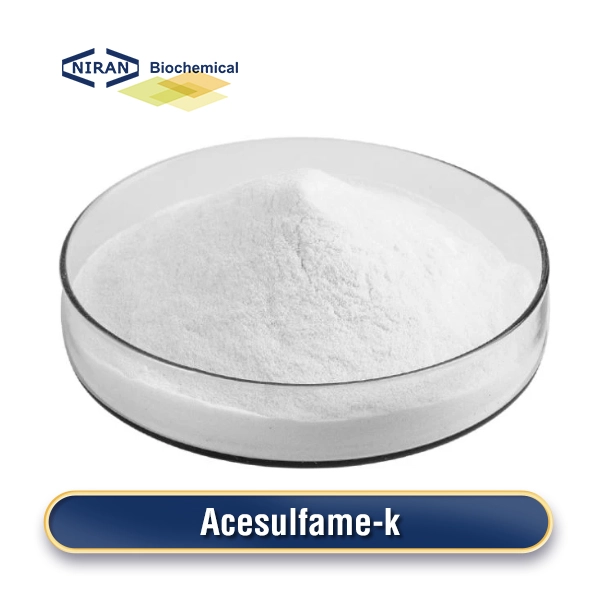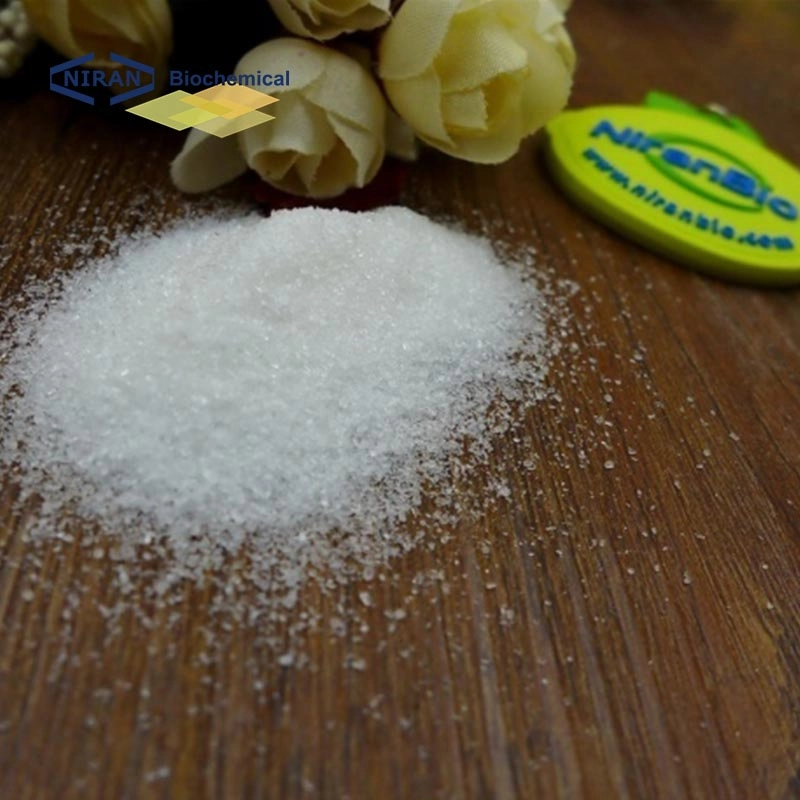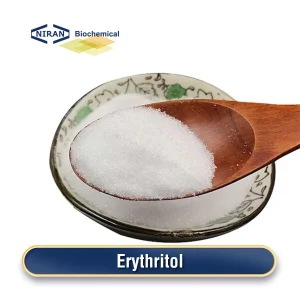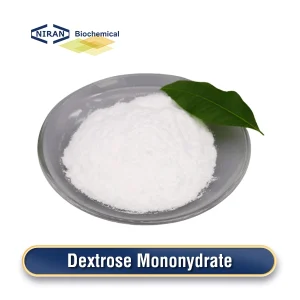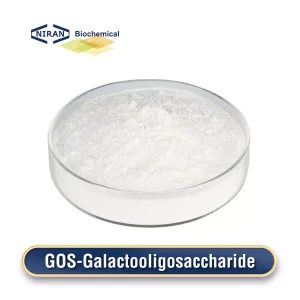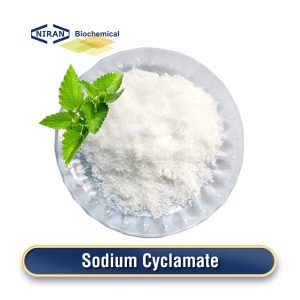Niran Biochemical
YOUR RELIABLE FOOD INGREDIENTS
Send Inquiry
Home » Products » Sweeteners » Acesulfame Potassium
Acesulfame Potassium
- CAS: 55589-62-3
- Chemical Formula: C4H4KNO4S
- Certification: KOSHER, ISO, HALAL, FSSC22000, BRC, etc.
- Standard: FCCVI ,E950
- MOQ: 1000KG
- Shelf Life: 2-Years
Inquire Product
Product Description
What is Acesulfame Potassium?
Acesulfame potassium, or AK sugar, is an organic synthetic salt. It looks like a crystalline white powder and tastes like sugarcane. It readily dissolves in water and exhibits slight solubility in alcohol. This substance does not undergo metabolism in the body and does not contribute any energy. It is cheap in the market and has a high sugar content. In the food sector, it’s commonly used.
There are three methods for making acesulfame potassium. The first method is to use acetoacetamide, sulfur trioxide and KOH as raw materials. However, the disadvantage of this method is that the reaction must be carried out at an extremely low temperature and the yield is not high.
The second method is to use aminosulfonic acid, triethylamine, diene ketone, SO3 and KOH as raw materials to make acesulfame potassium. While the raw materials for this method are easy to obtain, and it offers a yield of 69% under mild process conditions, the procedure itself is relatively complex.
The commonly used method in China is the reaction of diethylene ketone with aminosulfonyl fluoride and potassium carbonate in acetone solution to generate potassium salt of acetylamino-N-sulfonyl fluoride, and then react with methanol-potassium hydroxide solution to obtain acesulfame potassium, with a yield of 93% of the theoretical amount.
Related parameters:
| Test | Requirement |
| Assay Content % | 99.0~101.0% |
| Loss on Drying(105℃,2h)% | ≤1 |
| Organic Impurities μg/g | ≤20 |
| Impurity A % | ≤0.125 |
| Impurity B mg/kg | ≤20 |
| Fluoride mg/kg | ≤3 |
| Potassium % | 17.0-21 |
| Heavy Metals mg/kg | ≤1 |
| Arsenic mg/kg | ≤3 |
| Lead mg/kg | ≤1 |
| Selenium mg/kg | ≤10 |
| Sulfate % | ≤0.1 |
| PH (1 in 100 solution) | 5.5-7.5 |
Recommended dosage
| Food name | Maximum usage(g/kg) |
| Baked goods | 0.3 g/kg |
| Jelly | 0.3 g/kg |
| Beverages (except packaged drinking water) | 0.3 g/kg |
| Soy sauce | 1.0 g/kg |
| Seasonings | 0.5 g/kg |
| Table sweeteners | 0.04 g/kg(Each) |
| Cakes | 0.3 g/kg |
| Bread | 0.3 g/kg |
| Sugar-free gum-based candies | 4.0 g/kg |
| Candies | 2.0 g/kg |
| Baked/roasted nuts and seeds | 3.0 g/kg |
| Processed edible fungi and algae | 0.3 g/kg |
| Salted vegetables | 0.3 g/kg |
| Pickled vegetables | 0.3 g/kg |
| Preserved fruits | 0.3 g/kg |
| Jam | 0.3 g/kg |
| Canned fruit | 0.3 g/kg |
| Frozen drinks (except edible ice) | 0.3 g/kg |
| Flavored and fruit fermented milk | 0.35 g/kg |
Acesulfame Potassium has a wide range of uses
1. Improve the taste of food: Acesulfame potassium has a high sweetness, which can effectively improve the taste of food and make it easier to eat.
2. Act as a sweetener: Acesulfame potassium usually does not contain calories, which helps meet consumers’ needs for healthy diets and is suitable for people who need to control their weight.
3. Assist diabetic patients’ diet: Acesulfame potassium usually does not significantly increase blood sugar levels, and is an ideal sweetener for diabetic patients.
4. Keep food texture stable: When baking food, adding acesulfame potassium appropriately helps maintain the stability of food texture and is not easy to decompose or lose effectiveness.
5. Mask bad taste: Acesulfame potassium can also mask the bad taste brought by other sweeteners, such as bitterness, odor, etc., to improve the taste.
User asked question:
Q: What is the difference between Acesulfame potassium and aspartame, sucrose, and sucralose?
A: Acesulfame potassium and aspartame are two different artificial sweeteners, but the sweetness of acesulfame potassium is about 200 times that of sucrose, while the sweetness of aspartame is 200~300 times that of sucrose. In addition, acesulfame potassium is more stable and not easy to decompose, while aspartame tends to lose its sweetness at high temperatures.
Acesulfame potassium and sucralose are both artificial sweeteners, but they differ in their level of sweetness and range of applications. The sweetness of acesulfame potassium is slightly lower than that of sucralose, and acesulfame potassium can be used to make a variety of foods and beverages, while sucralose is more suitable for making single foods such as candy.

